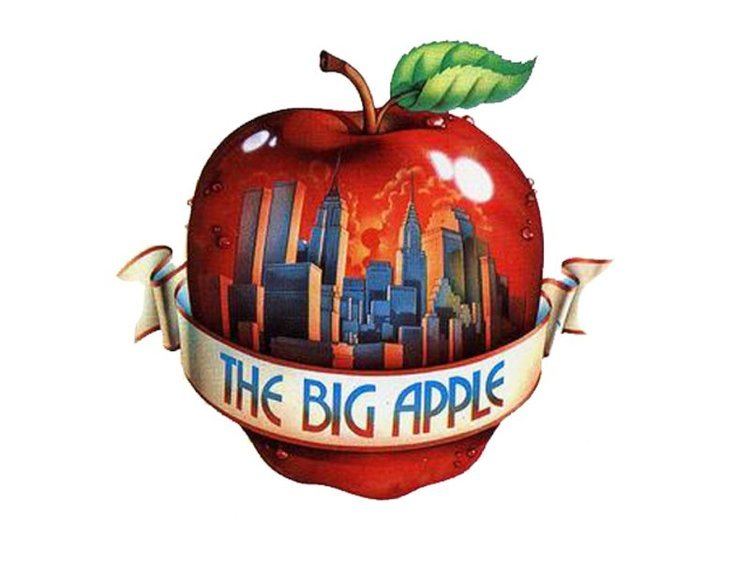 | ||
Why is new york city called the big apple
"Big Apple" is a nickname for New York City. It was first popularized in the 1920s by John J. Fitz Gerald, a sports writer for the New York Morning Telegraph. Its popularity since the 1970s is due to a promotional campaign by the New York Convention and Visitors Bureau, now known as NYC & Company.
Contents
- Why is new york city called the big apple
- Etymology
- Early mentions
- Racing context
- Popularity and decline
- In popular culture
- References
Etymology
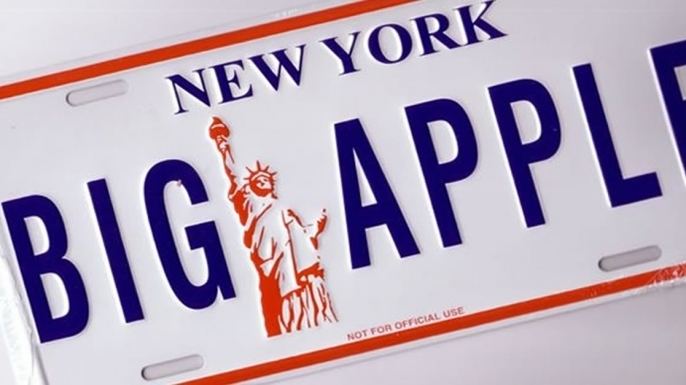
Although the history of Big Apple was once thought a mystery, research – primarily by amateur etymologist Barry Popik and Gerald Cohen of Missouri University of Science and Technology – has provided a reasonably clear picture of the term's history. Previously, there were a number of false etymologies, including a claim that the term derived from a New York brothel whose madam was known as Eve. This was subsequently exposed as a hoax and has been replaced on the source website with more accurate information.
Early mentions
The earliest citation for "big apple" is the 1909 book The Wayfarer in New York by Edward S. Martin, writing:
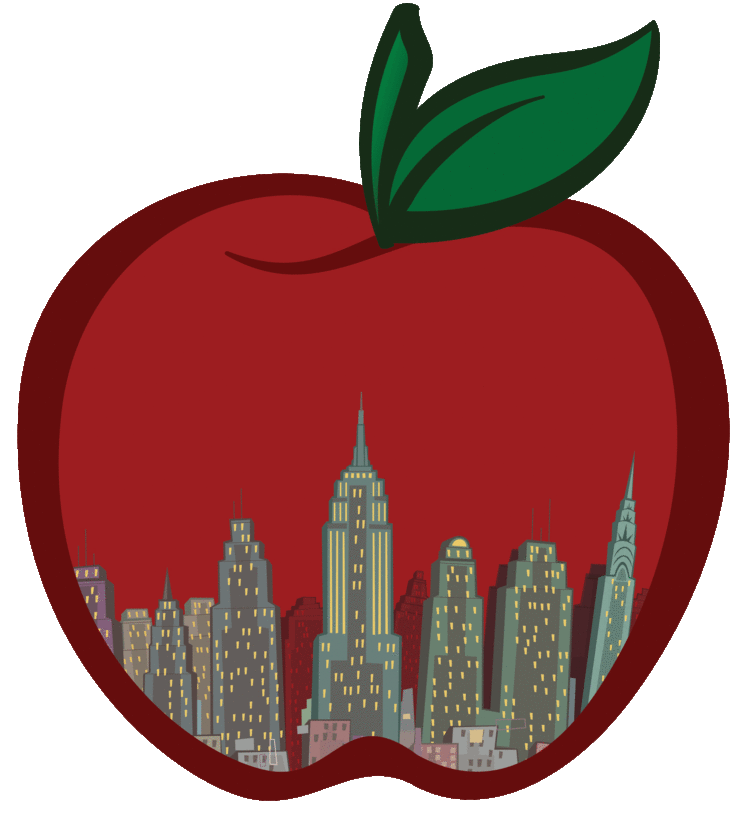
Kansas is apt to see in New York a greedy city.... It inclines to think that the big apple gets a disproportionate share of the national sap.
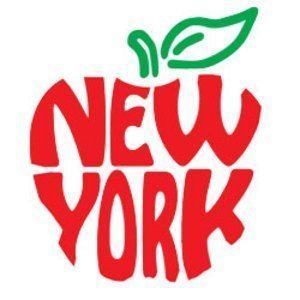
William Safire considered this the coinage, but the Random House Dictionary of American Slang considers the usage "metaphorical or perhaps proverbial, rather than a concrete example of the later slang term".
Racing context
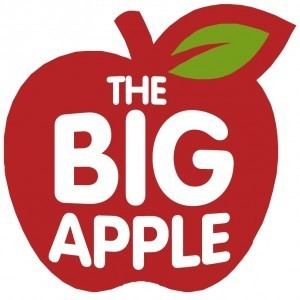
In the early 1920s, "apple" was used in reference to the many racing courses in and around New York City. Apple referred to the prizes being awarded for the races – as these were important races, the rewards were substantial.
The Big Apple was first popularized as a reference to New York City by John J. Fitz Gerald in a number of New York Morning Telegraph articles in the 1920s in reference to New York horse-racing. The earliest of these was a casual reference on May 3, 1921:
J. P. Smith, with Tippity Witchet and others of the L. T. Bauer string, is scheduled to start for "the big apple" to-morrow after a most prosperous Spring campaign at Bowie and Havre de Grace.
Fitz Gerald referred to the "big apple" frequently thereafter. He explained his use in a February 18, 1924, column under the headline "Around the Big Apple":
The Big Apple. The dream of every lad that ever threw a leg over a thoroughbred and the goal of all horsemen. There's only one Big Apple. That's New York.
Fitz Gerald's reference to the "dusky" stable hands suggests the term's origin may lie in African-American culture. Support for this is found in the Chicago Defender, an African-American newspaper that had a national circulation. “Ragtime” Billy Tucker, a vaudeville/ragtime performer and writer for the Defender, there used "big apple" to refer to New York in a non-horse-racing context on September 16, 1922:
I trust your trip to 'the big apple' (New York) was a huge success and only wish that I had been able to make it with you.
Tucker had earlier used "Big Apple" as a reference to a different city, Los Angeles. It is possible that the writer simply understood "Big Apple" as an appropriate nickname for any large city:
Dear Pal, Tony: No, Ragtime Billy Tucker hasn't dropped completely out of existence, but is still in the 'Big Apple', Los Angeles.
Popularity and decline
By the late 1920s, New York writers other than Fitz Gerald were starting to use "Big Apple" and were using it outside of a horse-racing context. "The Big Apple" was a popular song and dance in the 1930s. Walter Winchell and other writers continued to use the name in the 1940s and 1950s.
By the 1960s, "the Big Apple" was known only as an old name for New York. In the early 1970s, however, the New York Convention and Visitors Bureau (now NYC & Company, the official marketing and tourism organization for New York City), under the leadership of its president, Charles Gillett, began promoting "the Big Apple" for the city. It has remained popular since then. Mayor Rudolph W. Giuliani in 1997 signed legislation designating the southwest corner of West 54th Street and Broadway, the corner on which John J. Fitz Gerald lived from 1934 to 1963, as "Big Apple Corner".
In popular culture
The term "big apple" was used by Frank Sinatra, who was speaking to opera singer Dorothy Kirsten, his co-star in a March 28, 1950 airing of the late 1940s-early 1950s NBC radio program Light Up Time".
In Evita, Buenos Aires is referred to as "B.A., Buenos Aires, Big Apple" in the song "Eva, Beware of the City". This reference was invented by lyricist Tim Rice and does not reflect preexisting use.
The New York Mets have featured a "Home Run Apple" that rises whenever a Mets player hits a home run. It has become a symbol of the Mets baseball team, recognized throughout Major League Baseball as an iconic feature of the Mets' stadiums. It first appeared in Shea Stadium, and the original can still be seen on display at Citi Field, outside the Jackie Robinson Rotunda. Citi Field now uses a new apple, one that is much larger than original.
Applejack in My Little Pony: Friendship Is Magic has a prized apple which is literally the Big Apple she keeps in her home by Equestria, the Apple Orchard, as shown in the episodes "Bats" and "Do Princesses Dream of Magic Sheep".
